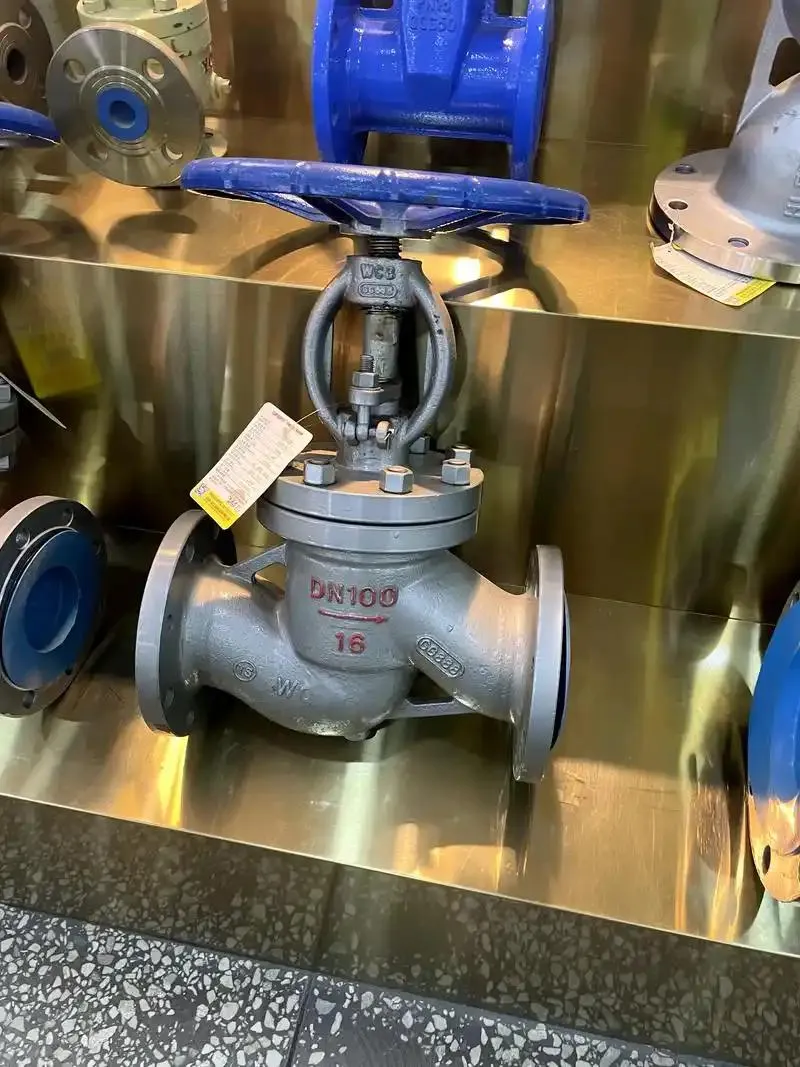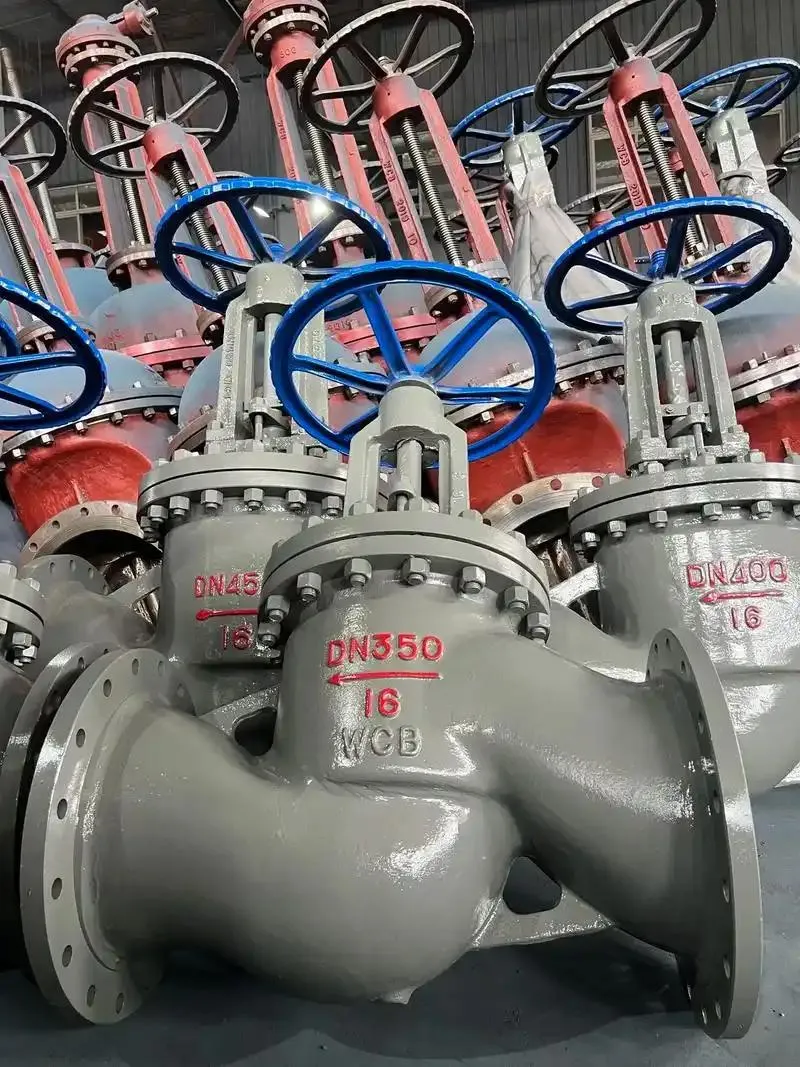Јун . 16, 2025 09:34 Назад на списокот
Cost-Benefit Analysis of Common Check Valve Types
Check valves are indispensable components in fluid control systems, ensuring unidirectional flow and preventing backflow that could damage equipment or disrupt processes. Selecting the right check valve type involves evaluating factors such as material compatibility, operational conditions, installation costs, and long-term maintenance. This article provides a detailed cost-benefit analysis of three widely used check valves—carbon steel check valve, butterfly check valve, and balon check valve—alongside an overview of check valve types. By understanding their unique advantages and limitations, industrial buyers can make informed decisions tailored to their specific needs.

Carbon Steel Check Valve: Durability and Cost Considerations
The carbon steel check valve is renowned for its robustness and adaptability in high-pressure and high-temperature environments. Constructed from carbon steel, this valve type offers exceptional tensile strength and resistance to mechanical stress, making it ideal for industries such as oil and gas, chemical processing, and power generation.
Cost Analysis:
Initial Investment: Carbon steel valves are moderately priced compared to exotic alloys like stainless steel or titanium. Their widespread availability and standardized manufacturing processes keep costs competitive.
Longevity: The material’s inherent corrosion resistance (when properly coated or treated) reduces replacement frequency, offering long-term savings.
Maintenance: While carbon steel is durable, it may require periodic coatings or galvanization in highly corrosive environments, adding to lifecycle costs.
Benefits:
High pressure tolerance (up to 6,000 psi in some models).
Compatibility with abrasive fluids and slurries.
Suitable for both horizontal and vertical installations.
Limitations:
Susceptibility to rust in untreated or humid environments.
Heavier weight complicates installation in compact spaces.
For industries prioritizing durability over lightweight design, the carbon steel check valve remains a cost-effective workhorse.

Butterfly Check Valve: Efficiency in Space-Constrained Systems
The butterfly check valve employs a disc mechanism that pivots on a central axis, enabling rapid closure to prevent backflow. Its compact design makes it a preferred choice for systems with spatial limitations, such as HVAC, water treatment, and food processing.
Cost Analysis:
Initial Investment: Butterfly valves are generally affordable due to their simple construction and minimal material requirements.
Installation: Their lightweight design reduces labor and support structure costs.
Operational Efficiency: Low-pressure drop across the valve minimizes energy consumption in pumping systems.
Benefits:
Space-saving profile ideal for tight installations.
Quick response time to flow reversals.
Easy maintenance with accessible disc and seat components.
Limitations:
Limited suitability for high-pressure applications (typically below 1,500 psi).
Potential for wear in systems with particulate-laden fluids.
The butterfly check valve excels in moderate-pressure systems where space and energy efficiency are critical.
Balon Check Valve: Versatility in Low-Maintenance Applications
The balon check valve (a variant of the ball check valve) uses a spherical ball to block reverse flow. Its simplicity and reliability make it a staple in residential, agricultural, and low-to-medium industrial applications.
Cost Analysis:
Initial Investment: Balon valves are among the most economical options due to their uncomplicated design.
Maintenance: With no hinges or springs, these valves experience fewer mechanical failures, lowering repair costs.
Lifespan: The absence of complex components extends service life in non-abrasive fluid systems.
Benefits:
Silent operation with minimal water hammer effect.
Compatibility with vertical and horizontal flows.
Easy installation in pipelines with varying orientations.
Limitations:
Unsuitable for high-viscosity fluids or slurries, which can cause ball sticking.
Limited pressure ratings compared to carbon steel check valves.
For cost-sensitive projects involving clean fluids, the balon check valve delivers reliable performance with minimal upkeep.
Check Valve Types: Matching Design to Operational Needs
Understanding the diversity of check valve types is crucial for optimizing system performance. Beyond the three highlighted models, other variants include swing, lift, and dual-plate check valves. Key selection criteria include:
- Flow Characteristics: Swing valves suit low-velocity systems, while lift valves handle pulsating flows.
- Material Compatibility: Carbon steel check valvesexcel in harsh environments, whereas PVC variants are ideal for corrosive chemicals.
- Pressure Requirements: High-pressure systems demand robust designs like carbon steel check valves, whereas butterfly check valvessuffice for moderate pressures.
- Maintenance Accessibility: Balon check valvesoffer hassle-free operation, while hinged designs may require periodic inspections.
By aligning valve specifications with operational demands, businesses can minimize downtime and maximize ROI.
FAQs About Check Valve Types Selection
What factors determine the choice between a carbon steel check valve and a butterfly check valve?
The decision hinges on pressure requirements and space constraints. Carbon steel check valves are preferred for high-pressure systems, while butterfly check valves are ideal for compact, moderate-pressure applications.
Can a balon check valve handle corrosive fluids?
Standard balon check valves are not recommended for corrosive fluids unless constructed with corrosion-resistant materials like stainless steel or lined polymers.
How does the installation angle affect check valve types?
Most check valve types, including balon check valves, can be installed vertically or horizontally. However, swing check valves require specific orientations to function correctly.
Are butterfly check valves suitable for gas pipelines?
Yes, butterfly check valves can be used in gas systems, provided they are rated for the operating pressure and temperature.
What maintenance is required for a carbon steel check valve?
Regular inspections for corrosion, lubrication of moving parts, and timely replacement of worn seals ensure optimal performance of carbon steel check valves.
Selecting the right check valve involves balancing upfront costs, operational efficiency, and long-term reliability. The carbon steel check valve stands out in demanding environments, the butterfly check valve optimizes space and energy, and the balon check valve offers simplicity for low-maintenance applications. By understanding the unique cost-benefit profiles of these check valve types, industries can enhance system performance while controlling expenditures. Manufacturers specializing in large-scale production ensure consistent quality and availability, making these valves accessible for global industrial needs.
-
Precision Manufacturing with Advanced Spline Gauge DesignВестиJul.31,2025
-
Industrial-Grade Calibrated Pin Gauges for Exact MeasurementsВестиJul.31,2025
-
Industrial Filtration Systems Depend on Quality Filter DN50 SolutionsВестиJul.31,2025
-
High-Performance Gate Valve WholesaleВестиJul.31,2025
-
Granite Surface Plate The Ultimate Solution for Precision MeasurementВестиJul.31,2025
-
Granite Industrial Tools The Ultimate Guide for Bulk BuyersВестиJul.31,2025
Поврзани производи









